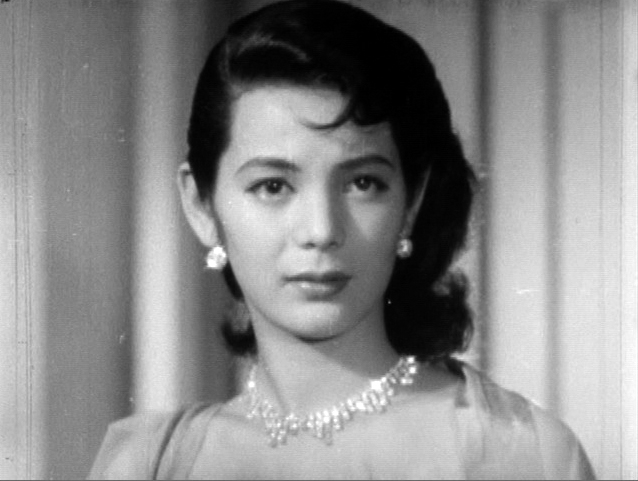In the spirit of Halloween, we'd like to share some Japanese folk
monster tales that we certainly wouldn't want to come across ourselves!
Futakuchi-onna (二口女)
Like the rokuro-kubi, the futa-kuchi-onna is a woman afflicted with a curse or supernatural disease that transforms her into a yōkai.
On the back of her head beneath the hair, the woman's skull splits
apart, forming lips, teeth, a tongue, until there is an
entirely-functional second mouth in that spot. As if that weren't bad
enough, the mouth begins the mumble spiteful and threatening things to
itself, and demand food. If it is not fed, it will screech obscenely and
cause the woman tremendous pain. Eventually the woman's hair begins to
move like a pair of serpents, allowing the mouth to help itself to the
woman's meals.
A futa-kuchi-onna is often considered to be a woman who lets her stepchild die of starvation while keeping her own offspring well fed; presumably the spirit of the neglected child lodges itself in its stepmother's body to take revenge. In one story the extra mouth is formed when one of these stingy women is accidentally hit in the head by her husband's axe while he is chopping wood, and the wound never heals.
A futa-kuchi-onna is often considered to be a woman who lets her stepchild die of starvation while keeping her own offspring well fed; presumably the spirit of the neglected child lodges itself in its stepmother's body to take revenge. In one story the extra mouth is formed when one of these stingy women is accidentally hit in the head by her husband's axe while he is chopping wood, and the wound never heals.
Other times the futa-kuchi-onna is a woman who never eats, sought as a wife by a miser. While no food passes through her normal lips, the mouth in the back of her head consumes twice what the other one would.
Hari-Onago (針女)
Hailing from Ehime prefecture on Shikoku, this female ghoul has on her
head a huge and terrible mass of mobile hair, each serpentine strand
tipped with a sharp, barbed hook. She is fond of tormenting and preying
upon young men. Appearing on roads as a beautiful woman, she laughs
derisively at whoever strikes her fancy, and if he makes the mistake of
laughing back, she lets down her deadly hair and gives chase.
(Source: The Obakemono Project)




















